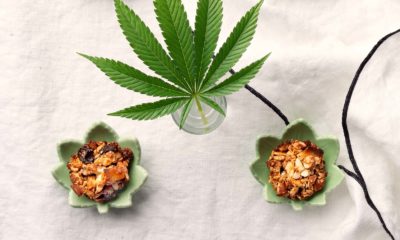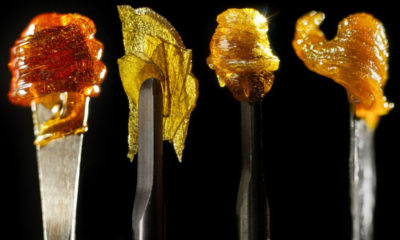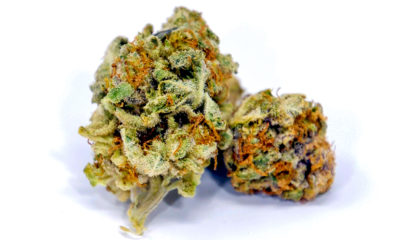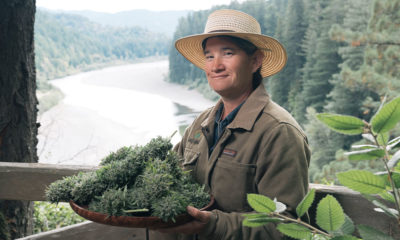
Grow
Homegrown Talent: A Cannabis Checklist
All of the essentials for starting your own cannabis grow adventure at home.
So, you’ve decided to start growing, and you’re super excited about it. The tendency to feel lost and overwhelmed is common. But don’t worry. Being a newbie to growing doesn’t need to be stressful or expensive. Grow gear information is abundant out there, some good and some bad.
I’ve noticed that some people are paid to promote certain products, and they may not have your best interests at heart; they’re just looking to make a quick buck from your lack of knowledge and experience.
There are two main disciplines to growing cannabis: Organics and Synthetics, and then you get a mixture. Both disciplines are great and come with their own set of pros and cons. Depending on your location, one discipline may be more popular than the other.
If you’re a novice grower and unsure where to begin, I recommend starting with organics, as it’s a lot more forgiving and simpler. When it comes to growing, the more you put in, the more you get out. I suggest learning about the bacteria and fungi in the soil and how they have a symbiotic relationship with the plant. Research how the plant absorbs nutrients. Remember, organic growing is all about the living soil. TIP: For any organic enthusiasts out there, I highly recommend reading Teaming With Microbes: The Organic Gardener’s Guide to the Soil Food Web.
You don’t need to purchase expensive nutrients; keep it simple and stick to the basics. Do learn the NPK ratios—the ratio of nitrogen (N), phosphorus (P) and potassium (K) in fertilizers—they’ll change, depending on the life stage of your plant. This is very important and will benefit you greatly, and it can apply to both organics and synthetics.
Start with the best quality soil you can afford, and then add some worm castings, bone meal and chicken guano, and you’re all set to go. Molasses is your best friend and is loaded with goodness for your beneficial bacteria.
Should you want to venture down the salty path of synthetic nutrients, buy a nutrient line that’s basic and simple to use. Some have a three-part nutrient and others have a two-part solution. My personal favorite is a brand called Druid Nutrients, which is a simple one-part solution. Keep in mind that with synthetic nutrients you may have to check your PH, so you’ll need a PH reader and an EC meter that will measure the strength of your nutrient solution. Without an EC meter and a way of testing PH, you’ll end up in deep water with a deflating rubber duck, and hungry sharks circling ‘round.
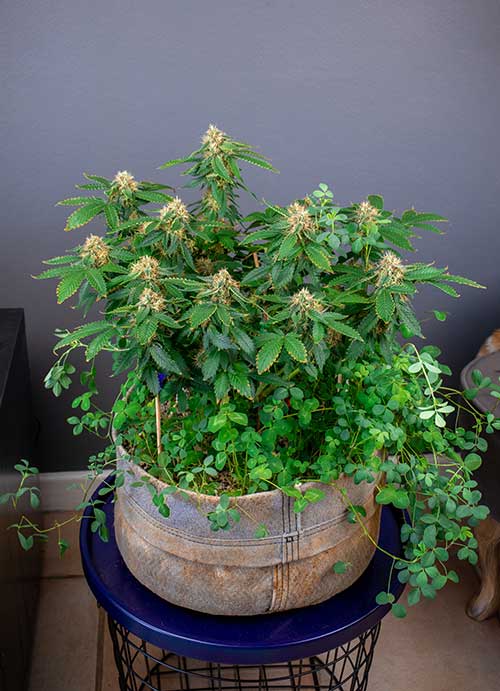
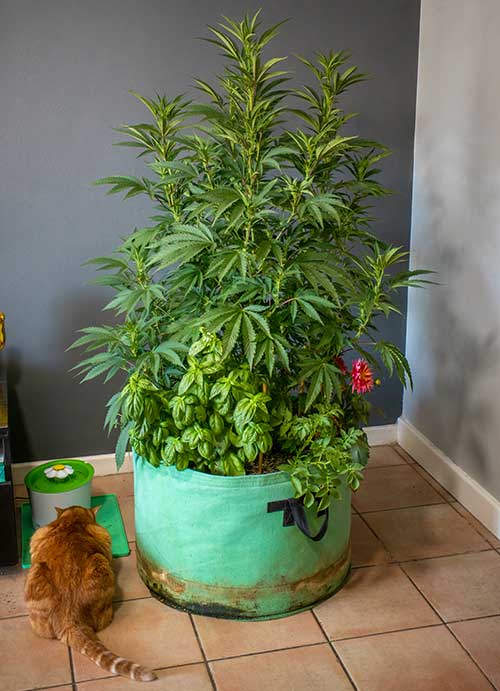
Now, let’s talk about pots. You can get plastic pots, buckets and even fabric pots. I love fabric pots; my cats do, too. However, they tend to dry out quicker than plastic. Fabric pots do prevent the roots from getting bound. You’ll soon find that there’ll be a pot type just for you. The other advantage of using fabric pots is that sometimes they’re made from recycled materials, and that’s always a good thing.
So, you’ve chosen a pot, and you’ve bought some sexy soil. It’s now time to choose a seed. I highly recommend against using seeds found in your stash; yes, it’ll grow, but you may not see the best results.
If you want the best results, buy seeds from a reputable seed bank. Depending on the laws in your country, this may be tricky. Seeds are expensive because it takes a lot of work to create a genetic that’s stable, with solid, consistent yields. It could take years to develop a good strain.
Once you have your pot, soil and seed selected, you need a growing environment. Cannabis requires a lot of light, fresh air and medium to low humidity. If you’re growing by the equator, this might be tricky, but anywhere north or south will be fine. Cannabis thrives in warm, dry conditions with lots of air movement.
Four Important Tips as You Begin Your Cannabis Adventure:
1 – If you’re watering your plant with a watering can, make sure you have a shower nozzle on the end of it; you don’t want to disturb that topsoil.
2 – A good quality spray bottle will come in handy; it’s tempting to buy a cheaper one, but they never last. A good foliar spray is one of the key factors that’ll result in a successful grow.
3 – Pipe cleaners are a great addition to the grow tool arsenal; they don’t cut the branches when training and they’re easy to bend and manipulate.
4 – And, lastly, wooden BBQ skewers are essential and can be used together with pipe cleaners—a great way to shape the main stem of the plant, especially on smaller plants.
Above all else, have fun. Remember, growing weed at home is totally awesome. Enjoy the process.
This story was originally published in the print edition of Cannabis Now.



